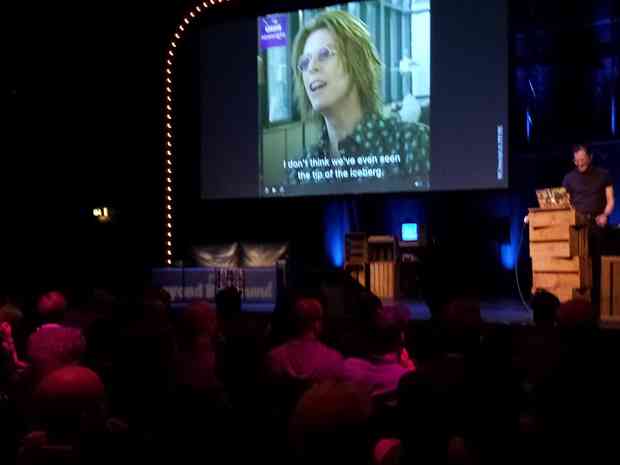#webmention
-
-
-
Well, I think I've cracked it - after a few weeks of on-and-off work on making my webmention sending not spam everyone (see https://www.jvt.me/posts/2019/10/30/reader-mail-webmention-spam/ ) - it's now not re-sending them if they're successful. This is a good first step, but I'll be improving it to re-send if the post's data has changed since last time it tried (in the future). Note that this isn't quite done yet, expect it to be live tomorrow perhaps.
-
-
Blocking Domains in webmention.io
 For the past week or so, I've been getting a series of Pingbacks from a spam blog that reposts a blog post a couple times a day as a new post each time. It's up to about 220 copies of the post, each one having sent me a Pingback, and each one showing up in my reader as a notification, which also causes it to be sent to my phone.continue reading...
For the past week or so, I've been getting a series of Pingbacks from a spam blog that reposts a blog post a couple times a day as a new post each time. It's up to about 220 copies of the post, each one having sent me a Pingback, and each one showing up in my reader as a notification, which also causes it to be sent to my phone.continue reading... -

